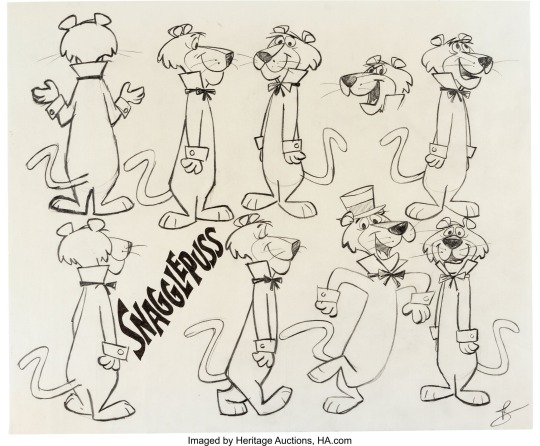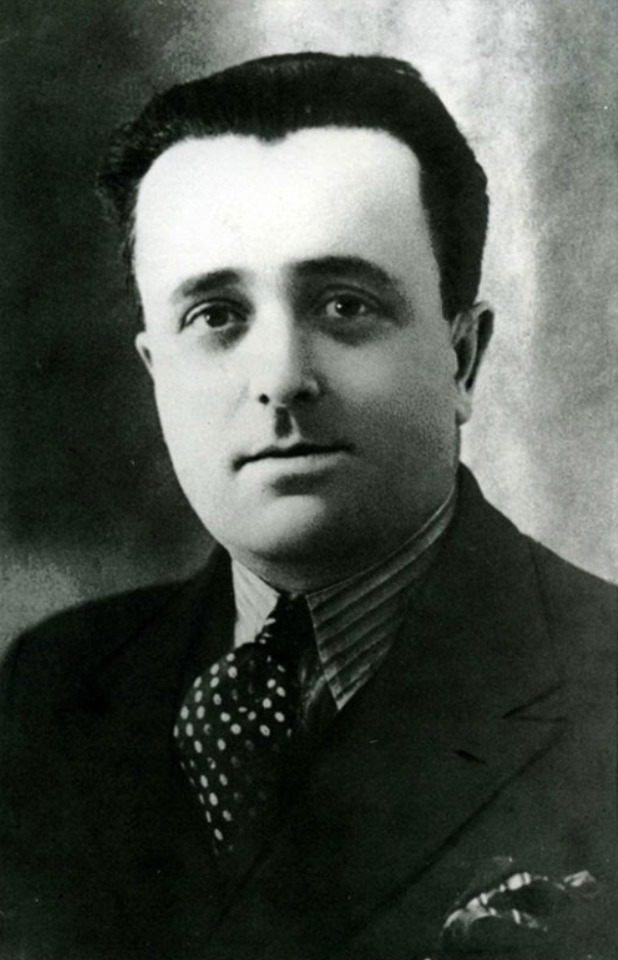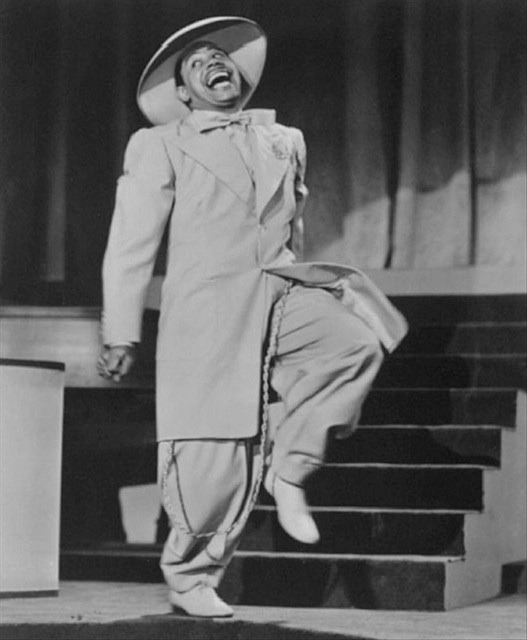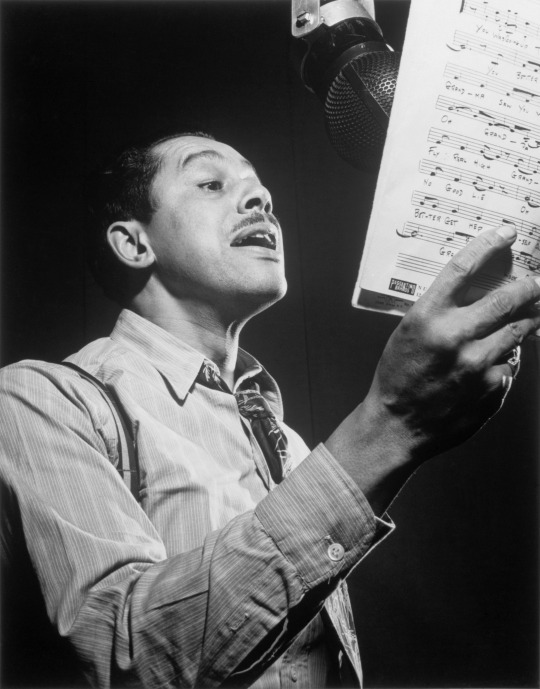#1907-1994
Explore tagged Tumblr posts
Text

louis ferdinand, prince of prussia
1 note
·
View note
Text
The House Officer's Dilemma | Housemanship Diaries
An article regarding my dilemma on which department or speciality to pursue in after completing my 2-year-journey as a House Officer. - #writing #blogging #housemanship #malaysia #medical #surgical #paediarics #obstetrics #gynaecology #hospital
Related Posts: Reflection of the Paediatrics Posting Surviving A Month Of Tagging In My Fourth Posting – Surgery | Housemanship Diaries Appreciation Towards The Medical Officers (MOs) – Housemanship Diaries My Last Day In Paediatrics As A House Officer My Downfall In Surgery Which Led To My Extension – Housemanship Diaries 1 Year Of Housemanship Update – Housemanship Diaries Another Good…
#Blog#blogging#dailyprompt#dailyprompt-1863#dailyprompt-1897#dailyprompt-1903#dailyprompt-1904#dailyprompt-1905#dailyprompt-1906#dailyprompt-1907#dailyprompt-1994#dailyprompt-1995#dailyprompt-2003#dailyprompt-2005#dailyprompt-2008#dailyprompt-2009#dailyprompt-2014#dailyprompt-2019#dailyprompt-2023#dailyprompt-2024#dailyprompt-2025#dailyprompt-2026#dailyprompt-2027#dailyprompt-2028#dailyprompt-2029#dailyprompt-2030#dailyprompt-2032#dailyprompt-2034#dailyprompt-2039#dailyprompt-2041
0 notes
Text


Cab Calloway (December 25, 1907 – November 18, 1994)
182 notes
·
View notes
Text
I had a dream last night that I was on a phone call with my dad and heard that Cab Calloway had died today (9/24/2024) and my dad asked me to find out how old he'd been in the 1914 Disney short "Where I Come From," which was a rotoscoped merry melodies cartoon that featured Calloway as a boy dancing and singing about an alternate history in which he was allowed to hold office and vote in the post-Reconstruction south and how sad he was to be in this world instead; my research showed me that Calloway was born in 1902, and was thus twelve years old in the cartoon and 122 years old when he died. I watched the cartoon while doing the research, because I'd never heard of it before, and ended up crying because of the emotion that a 12-year-old Calloway was able to put into this wistful, tragic song as a young boy with a high, strong, moving voice.
And then I woke up and had to do a search and Cab Calloway was born in 1907 and died in 1994, the Disney corporation wasn't formed until 1923, and none of any of that happened because it was just a dream but A) it was one of the most cogent dreams I've ever had and B) I am so mad that I can't remember the song.
291 notes
·
View notes
Text

GAY ICONS CESAR ROMERO
The man who would someday be one of the most famous Jokers of all time was born in New York City on February 15, 1907, the son of a Cuban mother and Spanish father.
In his early movies, Cesar Julio Romero played Italian gangsters, East Indian princes, and other character roles. But the 6’2” tall actor was handsome and soon was featured as a Latin Lover. By 1935, Romero starred in "The Devil is a Woman" opposite Marlene Dietrich.
Cesar Romero was the quintessential "confirmed bachelor”, often seen out on the town escorting actresses and other beautiful women to movie premieres and night clubs. And he was fully prepared for all that night life. At the time it was reported that Romero owned more than 30 tuxedos, 200 sport coats and 500 tailored suits.
“You see, very, very often, I was out dancing with one actress or another. And that got press. Even when it didn’t, the whole town knew I was a dancing fool, and since I couldn’t very well dance with a man, they saw me dancing with a lady, and… what they saw was what they got in their heads.”
Romero never married. Some sources say that Cesar Romeo was gay who lived with his sister and conducted discrete affairs with other men. Other sources say Romero's homosexuality was Hollywood's worst kept secret.

Among his list of probably lovers were Tyrone Power, Gene Raymond, Van Johnson. Stories of these actors as being gay or bisexual have circulated for years so this is easy to accept. (But to be honest I find it hard to believe Romero performed oral sex on Desi Arnez as reported in the book “Hollywood Gay”.)
Cesar Romero seemed the least likely actor to be cast as The Joker in the 1960s Batman series. But there he was, with his signature mustache covered in think white make-up (he refused to shave it) in 22 episodes and one movie.
“We have a lot of fun doing this show... It's a part that you can do everything that you've always been told not to do as an actor. In other words, you can get as hammy as you like and go all out. It's great fun, I enjoy it.”
Romero died of a pneumonia-related blood clot on New Years Day in 1994 in Santa Monica, California,

#gay icons#cesar romero#the joker#batman 66#gay actors#in the closet#tyrone power#van johnson#Latin lover
113 notes
·
View notes
Text

Stevan Dohanos (1907 - 1994)
60 notes
·
View notes
Text

Cab Calloway
December 25, 1907 – November 18, 1994
87 notes
·
View notes
Text

Pedro Mairata Serrano (1907-1994), 'La comida de los pollitos' (Chick Feed), ''Suplemento de Blanco y Negro'', #2, 1935
#Pedro Mairata Serrano#spanish artists#blanco y negro#vintage illustration#vintage art#color illustration
58 notes
·
View notes
Text

Happy birthday to the late Cabell Calloway III (December 25, 1907 – November 18, 1994) was an American singer, songwriter, bandleader, conductor and dancer. He was associated with the Cotton Club in Harlem, where he was a regular performer and became a popular vocalist of the swing era. His niche of mixing jazz and vaudeville won him acclaim during a career that spanned over 65 years.🎂
42 notes
·
View notes
Text

Dick Bickenbach (1907-1994) "Heavens to Murgatroyd!" Snagglepuss Model Sheet Original Art (Hanna-Barbera, 1961) Source
I can hear the Daws Butler voice in my head.
31 notes
·
View notes
Text

THURSDAY HERO:
Odoardo Focherini
Odoardo Focherini was an Italian journalist and devout Catholic who rescued 105 Jews between 1942 and 1944 by obtaining false identity papers for them and transporting them to safety in Switzerland. He was posthumously beatified by Pope Benedict XVI.
Odoardo, known as “Odo,” was born in Modena, Italy in 1907 to a devout Catholic family. At a vacation in Trento in 1925, he met Maria Marchesi, and they fell in love and soon became engaged. Odo was 18 and Maria was 16, so they waited until 1930 to get married. They had seven children.
Odo worked as an insurance agent, but in 1933 he followed his passion and started a new career as a journalist. He became managing director of L’Avvenire d’Italia, a daily newspaper affiliated with the Catholic Church that is still being published today. Odo was such an exceptional journalist that he came to the attention of the highest levels of the Catholic Church, and Pope Pius XI awarded him the Order of Saint Sylvester in 1937.
The situation in Europe grew increasingly darker for the Jews and in 1942, Hitler enacted the genocidal “Final Solution.” Cardinal Pietro Boetta, the archbishop of Genoa, asked the editor-in-chief of L’Avvenire d’Italia, Raimondo Manzini, to help a group of Polish Jews escape from fascist-ruled Italy to safety in Switzerland. Manzini immediately recruited Odo, known for his strong moral compass and devotion to justice, to carry out this lifesaving mission. Odo created a secret network of Catholics who wanted to help persecuted Jews as the Nazi death machine took over Europe. Using contacts he’d met during his work as a journalist, Odo procured a large number of false documents and personally accompanied many Jews over the border to Switzerland. Odo saved the lives of 105 Jews between 1942 and 1944.
Unfortunately, the Nazis found out what Odo was doing when they intercepted a letter in which he wrote that he was helping Jews “not for profit but out of pure Christian charity.” He was arrested by the Gestapo on March 11, 1944 and imprisoned in Bologna. That August Odo was transferred to a work camp in Germany. During his imprisonment Odo sent 166 letters to his beloved wife Maria. Later that year Odo was sent to a concentration camp in Hersbruck, Germany. He developed a leg infection which wasn’t treated and became gangrenous. On December 27, 1944, Odo died from the raging infection. His last words were, “I declare that I die in the purest Roman Catholic faith and in full submission to the will of God.”
Odo was posthumously awarded the title of Righteous Among the Nations by Israeli Holocaust Memorial Yad Vashem in 1969. In 1996, Pope John Paul II declared Odo a “Servant of God,” because he was murdered for saving Jews. This began the lengthy beatification process, and in 2012, the decree attesting to Focherini’s martyrdom was finally signed by Pope Benedict XVI. Odoardo Focherini was the first Righteous Gentile to be beatified. Odo’s letters to his family were published as a book in 1994. The Memorial Museum in Carpi displays a large banner with a quotation from Odo that he said to his brother-in-law who visited him in prison: “If you had seen, as I have seen in this prison, how Jews are treated here, your only regrets would be not to have saved more of them.”
For saving 105 Jews, at the cost of his own life, we honor Odoardo Focherini as this week’s Thursday Hero.
97 notes
·
View notes
Text



Cab Calloway (December 25, 1907 – November 18, 1994)
271 notes
·
View notes
Text

Flowers in blue vase - Ferry Slebe , 1943.
Dutch 1907-1994
Oil on canvas , 50 x 40 cm.
214 notes
·
View notes
Text
---
Ei 1960-luvun loppu ollut ensimmäinen kerta, kun Vesijärven tilasta puhuttiin. – Siitä oli otettu näytteitä jo vuotta 1907. 1930-luvulla Vesijärven rannalla laiduntanutta karjaa kuoli Hollolassa. Teoria sinilevien myrkyllisyydestä testattiin nykyisin epäeettiseltä tuntuvalla tavalla eli juottamalla vettä terveille naudoille. Ne kuolivat. – Kaupungineläinlääkäri Hirvelä teki kokeen. Se oli maailman ensimmäinen kerta, kun levien myrkyllisyys lämminverisille eläimille todistettiin.
---
– Kajander otti näytteet pintavedestä, vuonna 1969 mentiin syvemmälle ja todettiin, että happi oli aivan loppu. Järvi oli saastunut pinnan alta, ja se oli ratkaiseva tieto.
---
Ensimmäiseksi olisi saatava kuormitusta vähennettyä. Kuormitukseen kuuluu muutakin kuin valuma-alueiden vesiä, sillä kaupungin jätevesiä laskettiin sellaisenaan järveen. Haju oli kuvottava, ja levälauttojen keskellä kellui ulosteita. – Kaupungin vedenpuhdistamo oli vuodelta 1931, ja se oli mitoitettu 10 000 asukkaalle. Täällä asui 60 000 ihmistä, ja puhdistamo käytti vanhaa tekniikkaa. Vettä jouduttiin laskemaan sellaisenaan järveen.
---
Vaikka kaikki näkivät järven tilan, harva ajatteli että esimerkiksi kaupungin toiminnassa olisi jotain vikaa.
---
1980-luvusta on sanottu, että järven rannalla asuttiin selkä järvelle päin. Kedon mukaan järvi oli kaupungille lähinnä mainehaitta. Lahti havahtui ja perusti ympäristölautakunnan 1985. Laadittiin ympäristösuunnitelma, jossa järvellä oli keskeinen asema.
---
Uransa aikana Keto ehti saada vihamiehiä ja tappouhkauksia. Hän muistelee vuoden 1986 oikeudenkäyntiä, jossa Kymijärven voimalaitosta syytettiin järven saastuttamisesta. – Voimala teki kattilan puhdistuspeittauksen kesäisin. Se peitattiin fosforihapolla ja laski vedet kaupungin viemäriin. Jätevesilaki oli tullut äskettäin voimaan ja huuhteluvesistä olisi joutunut maksamaan. Niinpä vedet laskettiin suoraan Vesijärveen.
---
– Joutjoki alkoi vaahtoamaan, Niemenkadun liikennekin piti pysäyttää. Kaikki kalat kuolivat. Vesijärvessä levät suorastaan räjähtivät. Vihreä liitto teki siitä rikosilmoituksen, ja vesihallitus yhtyi siihen. – Oikeudessa minun olisi pitänyt kaupungin palkkalistoilla olevana sanoa, että ei se vaikuttanut Vesijärveen, näin moni muu kävi sanomassa. Minä sanoin on sillä ollut vaikutusta. Voimala esitti puolustuksessaan, että järveen meni kerralla saman verran fosfaattia kuin järven päivittäinen fosfaattikuormitus on. Etelä-Suomen Sanomat kirjoitti, että Vesijärvi on vanhojen syntien, ympäristörikosten, poliittisen kähminnän ja pohjavesijanon uhri. Voimalan päällikkö ja käyttöinsinööri tuomittiin sakkorangaistuksiin kaksi vuotta kestäneen oikeusjutun päätteeksi.
---
Helsingin yliopiston professori Jukka Horppilasta tuli Vesijärven pelastaja 1980-luvun lopulla tehdessään graduaan särkikantojen vaikutuksesta järven kuntoon. Samaa teemaa käsitteli myös Horppilan väitöskirja vuonna 1994.
---
– Silloin oli hurjia sinileväkukintoja. Kesällä 1988 koko Enonselkä oli aivan vihreä. Edelleen näytän luennoillani niitä kuvia. Vanhoissa kuvissa näkyy, miten järven poikki mennyt vene jätti jälkeensä uran, niin täynnä levää järvi oli. – Vesijärvi oli syrjään jäänyt paikka. Tuntui aika toivottomalta, että tämä pitäisi puhdistaa. Muistan myös miten yllätyin, kun järvi alkoi kirkastua todella selvästi 1990-luvun alkupuolella.
---
Vuonna 1989 aloitettiinkin biomanipulointi eli tehokalastus, jonka aikana kolmessa vuodessa nostettiin järvestä toista miljoonaa kiloa särkikalaa. Kuluneena kesänä hoitokalastuksissa rikottiin jo viiden miljoonan kilon raja. – Projektiin saatiin kaupungin rahoitus. Se tuli varmaan synnintunnon takia. Vuoden 1987 budjettiin tuli 800 000 markkaa. Vesiensuojelutyössä se oli uskomaton summa, Juha Keto heittää. Biologi Timo Kairesalo Lammin biologiselta asemalta veti biomanipulaatiota – hän oli niitä harvoja, jotka siihen uskoivat. Ja särkeä oli järvessä enemmän kuin kukaan uskoi. Toimenpide oli kansainvälisesti edellä aikaansa.
---
– Kun kalat nostettiin ylös, ne olivat kaikki kuolleet ja menivät maanparannusaineeksi. Kala oli laadullisesti huonoa, niin hajultaan, maultaan kuin lisäainepitoisuuksiltaan. Kun käyttökelvoton kala oli pois, alettiin miettiä mitä särkikaloilla tehdään. Hoitokalastusta alettiin tehdä talkoilla rysillä, nuotilla ja katiskoilla. Kalojen pitoisuuksia mitattiin, ja jossain vaiheessa roskakala-nimitys voitiin jo unohtaa. Keto muistaa hyvällä kalastuskuntien suurta intoa hoitokalastukseen.
---
Järven tila koheni 1990-luvulla, ja rannoilla elettiin maineen palautuksen aikaa. Vuosikymmenen lopulla alettiin taas puhua aikaisemmin lähinnä löyhkäävänä jätealtaana toimineen Pikku-Vesijärven puhdistuksesta, ja sellainen toteutettiinkin 1990-luvun lopulla. Pikku-Vesku tyhjennettiin ja ruopattiin pohjaa myöten. Ensimmäisen kerran asia oli nostettu esiin jo 1960-luvulla, silloin sitä ei katsottu aiheelliseksi.
---
Vuosien aikana järveä on hoidettu monella tavalla. On tehty kosteikkoja, niitetty kaislaa, tehty hoitokalastusta, hapetettu järveä ja istutettu petokaloja. Työn aikana on nähty, että järvi vaatii jatkuvaa hoitoa. Siitä ovat muistuttaneet leväkukinnot järven rannalla, ja 2000-luvun alussa kunto alkoi huonontua. Vuonna 2006 leväkukinnat valtasivat myös Vesijärven sataman, kun Sibeliustalon ranta oli levämönjän peitossa. Vuonna 2007 perustettiin Vesijärvisäätiö edistämään Vesijärven ja Lahden seudun muiden järvien hoitoa. Perustajina olivat Asikkala, Hollola, Lahti, Lahden Teollisuusseura, Kemppi ja Esan Kirjapaino. Lokakuussa 2024 Vesijärven hoito nostettiin Euroopan ympäristökeskuksen Vesien tila Euroopassa -raportissa lippulaivaesimerkiksi menestyksekkäästä järvikunnostuksesta Euroopassa.
---
27 notes
·
View notes
Text

Born on this day: Cesar Romero (15 February 1907 – 1 January 1994). The suavely handsome half Cuban Latin lover’s long career encompassed everything from co-starring with Marlene Dietrich in Josef von Sternberg’s 1936 masterpiece The Devil is a Woman to dancing with Carmen Miranda to portraying Zorro in the fifties to playing The Joker in the campy sixties Batman TV series (pictured) to co-starring with Divine and Tab Hunter in Paul Bartel’s Lust in the Dust (1984) to appearing in episodes of Murder She Wrote and Falcon Crest! Off-screen, the unapologetic “confirmed bachelor” regularly escorted friends like Joan Crawford, Barbara Stanwyck and Ginger Rogers to premieres and nightclubs when they were between husbands. As you can see here, Romero famously refused to shave his trademark moustache to play The Joker, instead concealing it (not very successfully!) with foundation.
#cesar romero#the joker#lobotomy room#batman tv series#confirmed bachelor#cubano#latin lover#suave#handsome#matinee idol#friend of dorothy#kitsch#camp#old showbiz#old hollywood#classic hollywood#golden age hollywood#the devil is a woman#lust in the dust#murder she wrote#falcon crest
14 notes
·
View notes
Text

"Working on the Jalopy" by Stevan Dohanos (1907-1994) for The Saturday Evening Post (May 20, 1950). - source Urban Relics.
51 notes
·
View notes